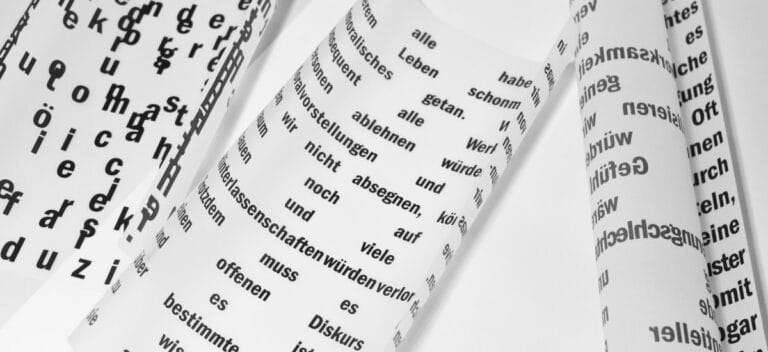
A paragraph is a block of text that has a specific structure. A good writer can use this structure to create paragraphs that are readable and engaging. In this article, we’ll look at some of the elements that make up a well-written paragraph, as well as some tips on how to write them effectively.
A paragraph has a definite structure
A paragraph is an excellent way to explain, illustrate, or describe something in writing. It gives the reader a clear picture of the topic at hand and allows him or her to better understand what you are trying to say. A well-written paragraph will have a topic sentence, at least three supporting sentences, and a concluding sentence. The body paragraphs are usually broken down into two or three parts: introduction (topic sentence), body paragraphs with supporting sentences and conclusion statement/closing sentence or “falling action”).
Each paragraph has an identifiable “topic sentence”
Have you ever read an article and found yourself wondering, “Wait, what’s the point of this paragraph?” If so, then you’re familiar with the feeling of being unable to follow what the author is saying. A good topic sentence keeps your reader on track by clearly defining the main idea of each paragraph.
The topic sentence should be clear and specific so that readers can understand at a glance what they’re expected to learn from it. The goal here is not just to get through your ideas in any order; it’s also to show off your ability as a writer by making sure readers are engaged throughout their journey through each paragraph in your paper.
The purpose of having a strong topic sentence is twofold: First, it allows writers to make their points clearly without confusing readers about where exactly those points lie within each paragraph (which could cause them later). Paraphrase Online is free www.paraphrasing-tool.org tool to rewrite essays and articles. Special algorithm enables the word synonymization, Second, if done well enough this technique makes for more engaging reading experiences because people want answers right away (especially when trying new things); therefore having one key thought per paragraph maximizes engagement between writer/reader interactions which means better writing practices overall!
The topic sentence is usually at the beginning of the paragraph
The topic sentence is the first sentence in a paragraph. It should be clear, concise, and written in the first person. It presents the main idea of your paragraph and should not be too long or too short.

The topic sentence should not be more than one line long. If it takes up more space, you may need to break up your information into separate paragraphs. Also, do not use more than three sentences to express all of your ideas; if you do this, then it might be hard for readers to follow along with you as they’re reading through their own papers!
You can use descriptive details to elaborate on your topic sentence and support it with evidence
When you use descriptive details to support your topic sentence, it’s called an exemplification paragraph. In these paragraphs, you show the reader what you mean by using specific examples that help prove the point. For example:
The sun was hot on my face, and I could feel sweat trickling down my neck as I walked around in circles, looking for a place to sit down. The park was crowded today because it was a beautiful day. People were laughing and talking together as they ate their lunches and played games with their children on the playground equipment.
Writing with details helps make your point, but avoid digressing from it by using too many unnecessary details
The most important thing to remember about using details is that you want your writing to be clear and easy for the reader to understand. If you use too many details, readers may get confused or disoriented. It’s also important that you avoid digressing from your point by using unnecessary details. For example, if you are writing a paragraph about how much fun it is to go on vacation with your family, don’t include a long list of all the different places you’ve traveled together—just stick with the main point: traveling together is fun!
Transition words help connect paragraphs to each other and draw your reader’s attention to important points you want them to know about
Transition words are used in paragraphs to help connect the sentences or ideas together. They can also be used to draw the reader’s attention to important points you want them to know about.
Many different types of transition words exist, and they’re all used for different purposes. For example, some transitions are meant to explain a concept that was previously mentioned (e.g., “In other words”), while others are meant for emphasizing the importance of something that might not be obvious from the previous content (e.g., “This is why”).
You can use these words when writing your paragraphs in order to connect your sentences and ideas together within a paragraph; however, it’s important not only how many times they appear but how often they appear in relation too!
Conclusion
We hope that this article has helped you understand the different types of paragraph writing. As a writer, it is important to know how your work is structured and what is expected from it. This will help you create better content for readers and give them something interesting to read!